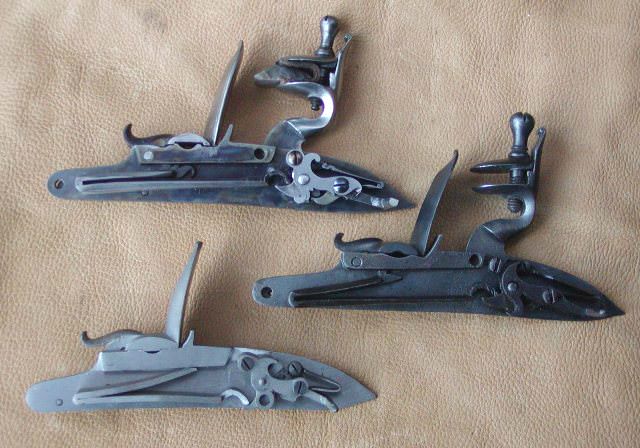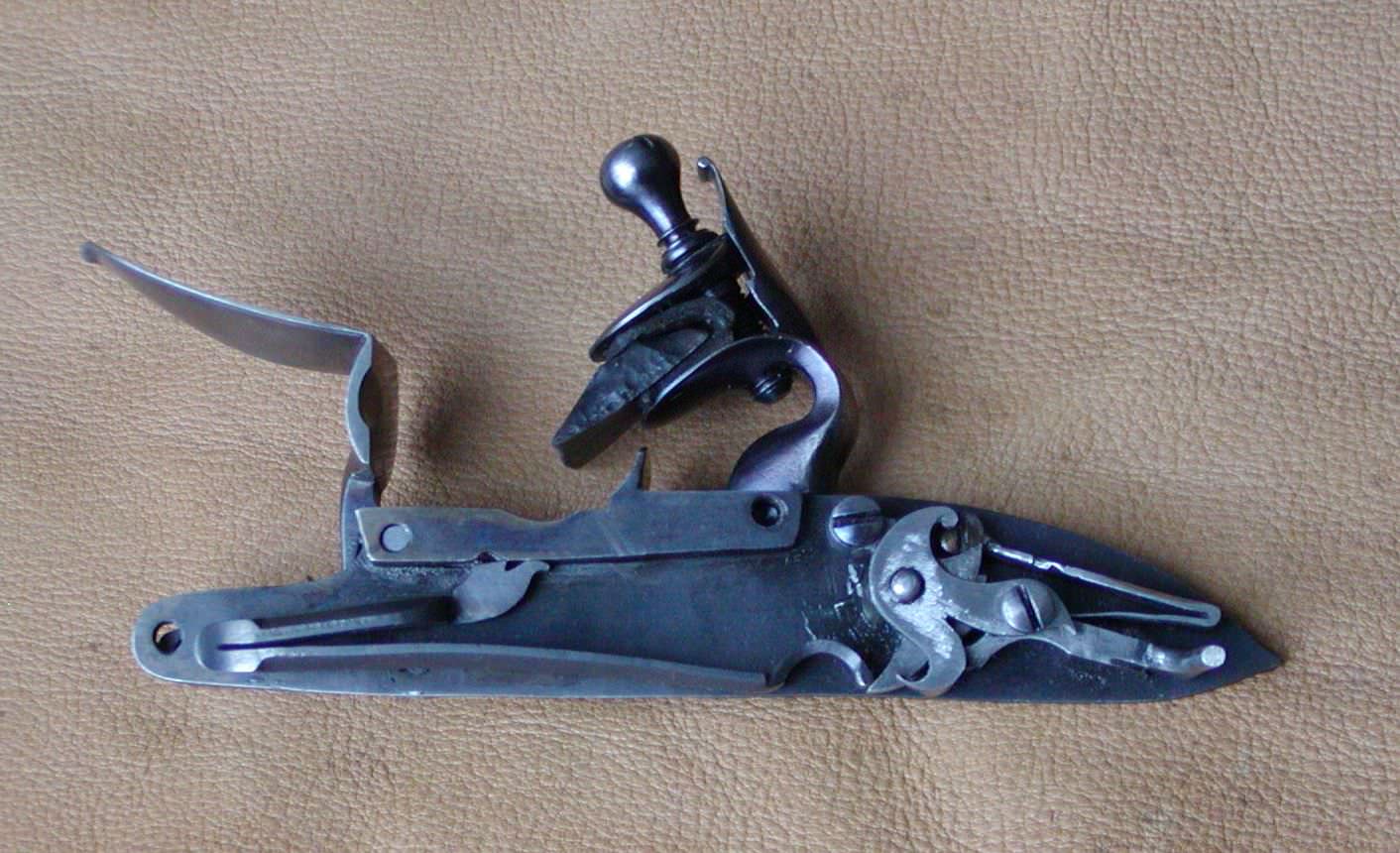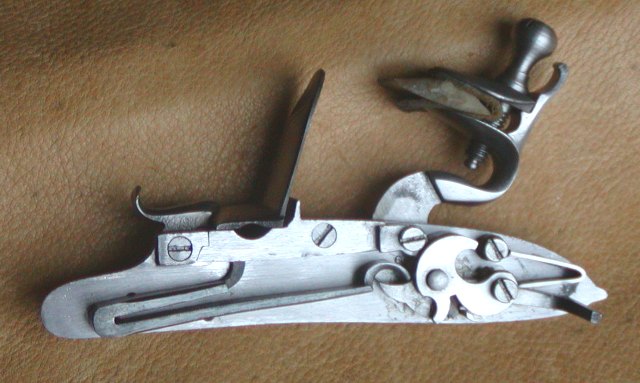- Joined
- Jan 11, 2019
- Messages
- 105
- Reaction score
- 82
I've got a Fusil De Chasse made back in the 90s. It shoots alright and is mostly reliable as long as the flint is "just right" and everything is just how it needs to be. I believe that the mainspring is fairly weak, as it takes considerably less force to **** than other flintlock I have messed with. I don't have a way to measure it, so i apologize in advance for those who need numbers on these kinds of things.
The lock in question is an L&R Trade Lock. Very low round count, around 100-150 at most. I have disassembled it and made sure everything was smooth and lubed. I have been told by a few people who I consider wise on the subject, that these locks are fairly notorious for weak mainsprings. The lock is also suspiciously easy on flints. It always sparks, but nothing like my others and seems noticeably slower.
Is there anything I can do to the mainspring to give it a little more oomph? Maybe heating it and opening it up a little more? I was planning to contact L&R to order a replacement, so figured I had nothing to lose. I have an assortment of torches and metal working tools. Just looking for some tips. I appreciate your thoughts!
The lock in question is an L&R Trade Lock. Very low round count, around 100-150 at most. I have disassembled it and made sure everything was smooth and lubed. I have been told by a few people who I consider wise on the subject, that these locks are fairly notorious for weak mainsprings. The lock is also suspiciously easy on flints. It always sparks, but nothing like my others and seems noticeably slower.
Is there anything I can do to the mainspring to give it a little more oomph? Maybe heating it and opening it up a little more? I was planning to contact L&R to order a replacement, so figured I had nothing to lose. I have an assortment of torches and metal working tools. Just looking for some tips. I appreciate your thoughts!








